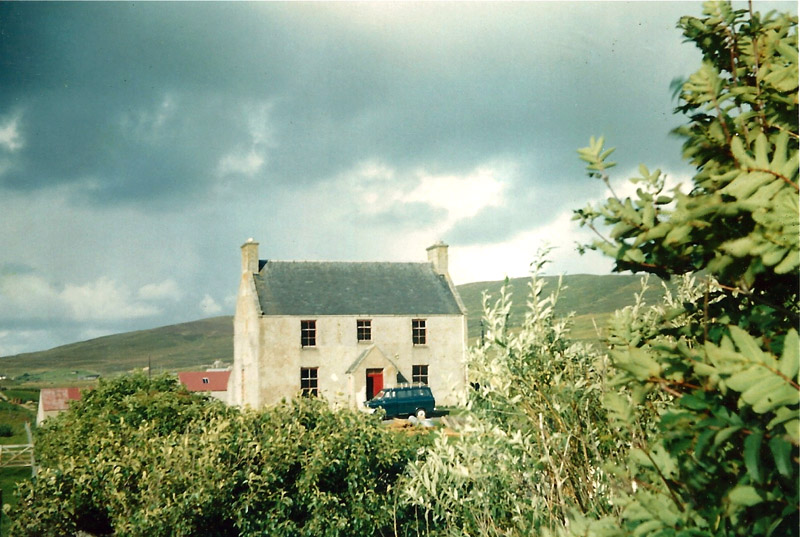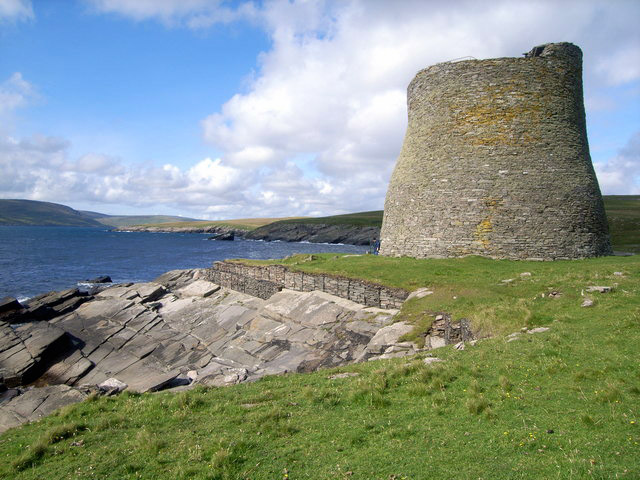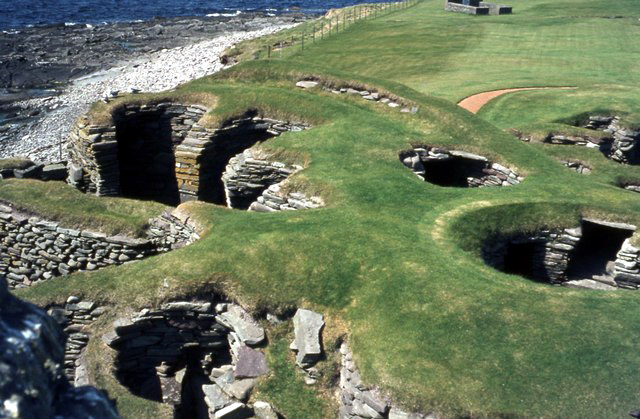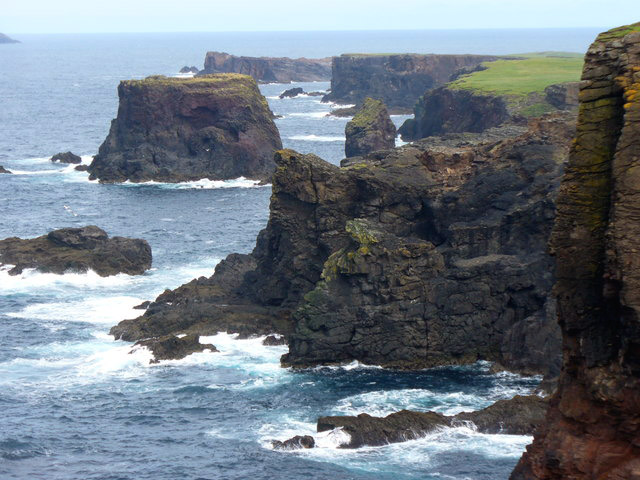![]()
![]()
1969 Shetland expedition.
SHETLAND EXPEDITION
Chris Dawson, Mike Underhill (Daz), John Abbott, Mike Jeavons, Richard Jeavons, Hugh Williams,
David Vale, Stephen Gelhin, Alan Evison, Robin Spratt, David Wolfson, Robin Dance.
LEADER'S REPORT
This was the first time that a group from the S.H.S. had visited Shetland. Reconnaissance was therefore one of our main tasks. We found several camp sites, one of which the 1970 Unst expedition will be using. Less rugged and more fertile than the Hebrides, Shetland has other assets which will make it admirable for S.H.S. expeditions. The Voes, cutting inland like long fingers, provide ample opportunity for canoeing, with some sailing, and the geographical, botanical, archaeological and ornithological opportunities are enormous. Because of this potential, it would seem that members of an expedition wishing to get the maximum from their stay in Shetland, should study certain topics in depth. This we endeavoured to do and the results appear in the following articles.
 |
Our group consisted mostly of people who were either already at university, or about to go, plus three old hands. For the first week there were nine of us and for the second, thirteen. Such a small group is comparatively easy to organise and life was made easier by our having a Ford Transit to ferry us when necessary, and by our having Voxter farmhouse, a solid but not luxurious building, in which to live and work. The fact that we travelled up together to Aberdeen in the Transit helped to know each other and helped us to co-operate in the running of the projects. All of us knew what the five people running projects were trying to do. I think that perhaps, subconsciously, we were also helped by Shetland and the Shetlanders to achieve this balance of compromise and co-operation. One is always liable to get a one-sided impression of a place one is only visiting briefly. But perhaps if one is observant, one does sense the overall atmosphere of a place without the interference of minute detail. The overall impression I got of Shetland was of a fine balance. With 1970 being European Conservation Year, we are especially aware of the need to keep a balance in life and perhaps somewhere like Shetland can teach us a lesson in this. With the fertile Cheshire Plain not many miles away from me as I write, I am reminded how comparatively hard and infertile Shetland is. |
|
|
|
Above Voxter farmhouse it requires three tons of lime and several cwts of phosphates per acre to reclaim the heather on the hillside and grow grass. Yet it is being done successfully, slowly but surely. Not including the wire, the fencing posts, placed at six ft intervals, cost about four shillings each and a corner post over a pound. Yet, across the hills, sometimes at incredible angles, runs miles of fencing, so that grazing and livestock can be controlled. Gone are the days when Lerwick harbour was full of boats nudging each other at anchor all the way to the island of Bressay. Yet men can still make a hard living from the sea and are being encouraged to do so.
Nothing in Shetland is easy. The wind, the weather, the landscape, the sea. All of these make their presence felt. It is possible for us in urban England to forget the sea and the landscape very easily, and we do our best to hide in offices and forget the weather. It is in us all to avoid and, as urbanisation and inventions increase so we avoid difficulties more and more. One of the phrases of our age is "It's easier.. .." Yet by making things "easier" we make living more difficult
—as the need for European Conservation Year shows.Shetland and Shetlanders remember their past and what they are now has grown from it. We see the outward signs in such things as the shape of their Shetland Model boat, shaped like a Viking longboat to cut through the deep water, and in the Shetlandic words and name
—"shalder" for oyster-catcher, "scories" for gulls, "planti crub" for a small garden area surrounded by a stone wall. They are not slow to embrace modern conveniences such as the telephone, television and the motorcar and they are keen to attract visitors. But all this is kept in balance by their outlook and attitude to people. On the narrow roads one is forced to wait in a lay-by for a car coming in the opposite direction, but always a hand is raised in acknowledgement. Circumstances compel courtesy until it becomes second nature. Similarly, the difficulties of making a living in the hard environment encourage Shetlanders to be neighbourly and friendly. All is held in a balance: the harshness of circumstances by the friendliness of people, the "easy life" of modern amenities by the harshness of the natural surroundings, and any desire to acclaim what is new by a sense of the past. How long it will remain so depends on many factors, but perhaps we from the south can learn a lesson from the situation as it is.For all their help I would like to thank Mr. Houston and his staff at the Land Commission office in Lerwick, Mr. Innes of the Zetland Education Authority, Mrs. Brown for her untiring efforts in supplying our food and stores, Mr. Robb for his advice and Mr. Billy Johnson for his help and many lively and informative conversations.
Chris Dawson
|
|
|
|
Chris Dawson, Mike 'Daz' Underhill and others on Shetland. |
Thanks to Alan Evison for the photos. |
And a note from Robin Dance -"Many thanks, Nick, I appreciate that. I was indeed on the expedition to Shetland 1969. The photograph on your site showing the Transit jogged my memory a bit. I recall the very long journey back from Aberdeen to London in it, done all in one go. I recall also the visits to the broch on Mousa, to the archaeological site at Jarlshof, and to the cliffs at Esha Ness."
And luckily all three were available on the Geograph site
 |
 |
 |
| The broch on Mousa 2008 © Copyright Nicholas Mutton | Jarlshof prehistoric village 1974 © Copyright M J Richardson | Coastline at Eshaness 2012 © Copyright Colin Smith |